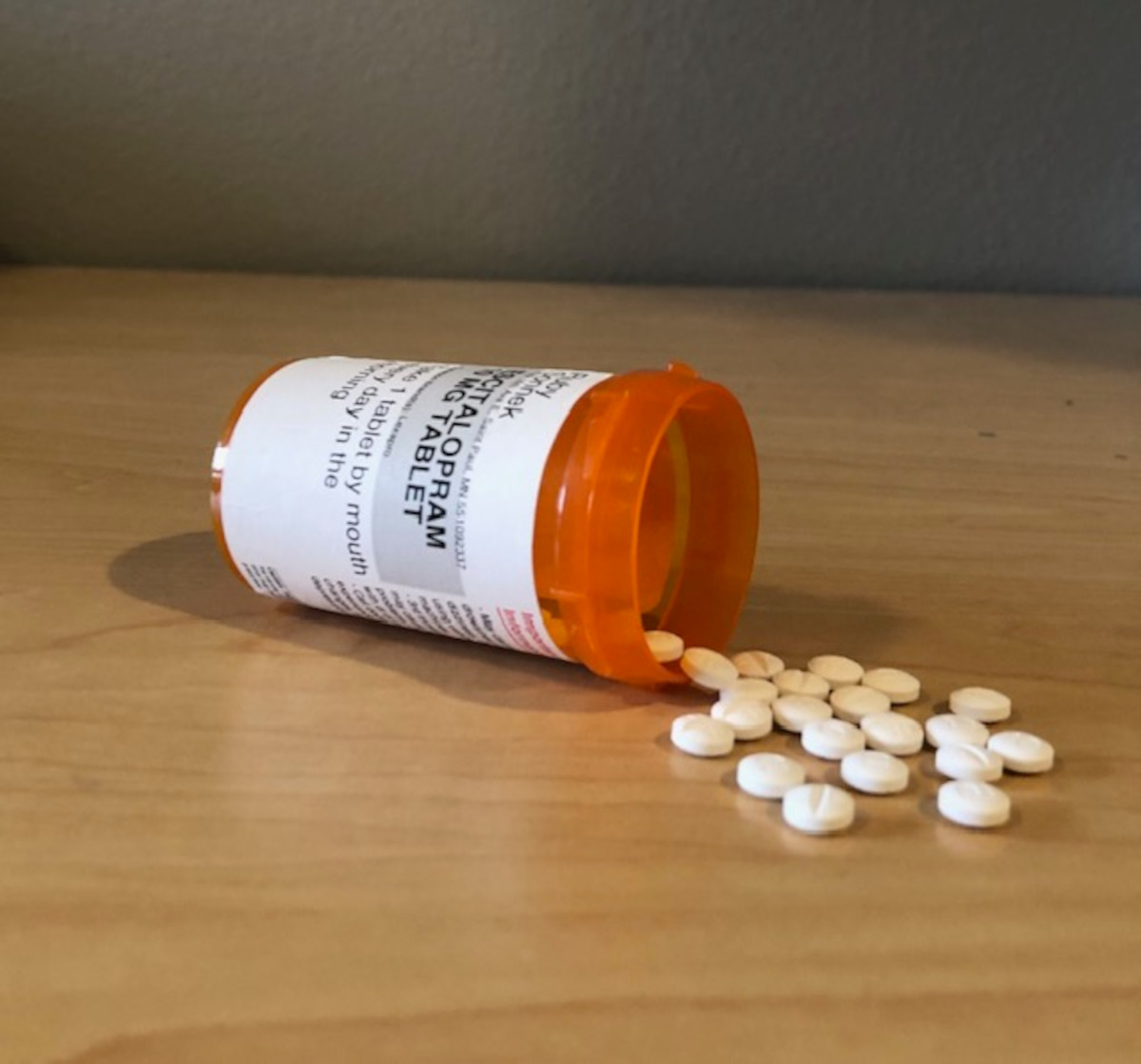In getting to classes every day, students choose many different avenues of transportation; walking running, bicycling, unicycling, skateboarding, rollerblading, etc. Other ways to get to campus include driving, whether it is a car, moped, or motorcycle.
However, in all of these methods, there is one that seems to be exponentially more beneficial.
Driving is not suitable for several reasons, the most compelling being the lack of parking spaces and the fact that all on-campus parking lots are enforced by meters which cost 50 cents an hour. That, and if that vehicle is still placed in that space after that hour is through, the price is a bright yellow piece of paper on the windshield bearing a $10 fee. In addition, if this fee isn’t paid in a timely fashion there are extra penalties, including more money that needs to be paid and even possible suspension of a driver’s license.
Running and walking are great exercise, but if there is a 20 minute walk to campus from home the student trying to get to class before it begins will end up leaving a half an hour early in order to make it in time to sign the attendance sheet.
I have seen the more obscure unicycle rider making their way through campus, and while it looks amazing, not many people are able to achieve such a feat. Rollerblading and skateboarding are also such talents that one has to learn and adapt to in order to use, so they only draw certain people to this means of transportation.
Really, when considering how to get to campus on time, a bike is a pretty good option. It requires no fuel in the era of high gas prices, requires movement from the rider which ensures more exercise, and also allows for a faster travel time.
The bicycle is a reasonable price for its use as well. A one time purchase will buy a bike for years, and although it does run the chance of being stolen, so do many other vehicles. That is what locks are for.
Parking is much easier with a bike than with a larger vehicle, such as a car, and is also less expensive because it does not require a meter. The price is also less than a moped or motorcycle, both of which require a permit to park, and while a bicycle might require one as well, it costs less than these alternatives.
Exercise is also guaranteed with a bike. Using this process of riding to campus for a 30 minute round trip increases the amount of physical activity in a day for the biker. This is especially important if the person does not work out at all as a regular part of their daily routine, because it promises activity of some variety.
Best of all, the lack of gas use means that a bike owner not only saves through their wallet, but also helps to reduce pollution that can increase the effect of global climate change and the amount of toxins in the local air.
Overall, bike use can increasingly benefit our society. Students would be more likely to get to class on time. People, in general, would be healthier because of the growing amount of people exercising. And it could even help the local economy by helping local citizens to save money through the use of a vehicle that does not require fuel in order to run—well, other than the energy provided by pedaling.






